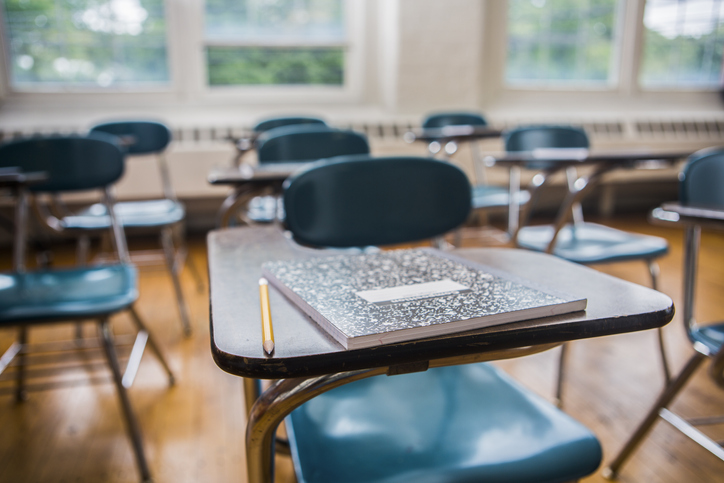January 19, 2022, Harrisburg, Pa. — The Commonwealth Foundation has filed an amicus brief in an ongoing lawsuit over how Pennsylvania funds public schools. The brief argues, contrary to the plaintiffs’ depiction, that the commonwealth’s K–12 public school spending is more than enough to deliver the “thorough and efficient” system the state constitution requires, and more money alone will not improve educational quality.
“Pennsylvania’s public education funding is out of step with most other states, because it is extraordinarily high,” said Nathan Benefield, senior vice president for the Commonwealth Foundation. “Only six states spend more on education than we do. Whether you’re looking at local, state, or federal funding, Pennsylvania exceeds the national average. The resources are there, but policymakers need to spend them more effectively.”
The U.S. Department of Education’s National Center for Education Statistics ranks Pennsylvania seventh in the nation in education funding in the 2018-2019 school year, with school districts receiving $19,000 per student. The national average was about $15,000 per student. Pennsylvania taxpayers spend nearly $4,200 more per student than the national average.
It’s true that reliance on property taxes has created funding disparities between local school districts. However, the state has allocated generous spending to higher poverty districts. As a result, total funding for high poverty districts nearly matches the total funding for low poverty districts in Pennsylvania. As the chart below illustrates, state funding per student is already higher in districts with higher poverty rates.
Districts used as examples of underfunding, like Chester-Upland or William Penn, receive more than $19,000 and $18,000 per student, respectively. Per-student funding in Philadelphia is more than $19,000; in Pittsburgh, it tops $27,000. Each of these districts receive far more than the national average of $15,000 per student.
Advocates for higher state funding for public schools claim taxpayers are not spending enough, citing the “state share” of public-school funding compared to other states. In Pennsylvania, state government covers roughly 37 percent of the tab, compared to an average of 47 percent across the nation.
“The so-called ‘state share’ is a meaningless metric, as Pennsylvania delivers far more funding to school districts than most states,” said Benefield. “State government’s share is lower only because local funding is far higher than the national average, due to a lack of meaningful restrictions on school district tax increases.”
The brief also uses school district reserve fund trends to show healthy funding for districts. For the past 15 years, district reserves have risen, reaching nearly $5 billion in 2020.
“Facts are stubborn things,” said Benefield. “Pennsylvania school districts are not underfunded. To truly help students, we should examine how we are using existing resources. Many academic studies have concluded that education funding is unrelated to performance. But Lawmakers and the governor—not the courts—can improve results by allowing funding to follow students to their school of choice, rather than trapping funding in a zip-code-assigned district.
House Bill 1, which would expand tax credit scholarships, reform charter schools, and offer families state-funded accounts to spend on education needs, would have an immediate positive impact on students and families—especially those in high poverty areas.”
Commonwealth Foundation experts are available for comment. Please contact John Bouder at 570-490-1042 or jrb@commonwealthfoundation.org to schedule an interview.
# # #
The Commonwealth Foundation transforms free-market ideas into public policies so all Pennsylvanians can flourish.
RELATED : EDUCATION, CHARTER SCHOOLS, CYBER SCHOOLS, EDUCATION SPENDING, SCHOOL CHOICE, TEACHER UNIONS


